Introduction
Welcome to the Pallet Rack Safety Guide, presented by HEDA, your trusted partner in warehouse solutions. In this comprehensive guide, we’ll delve into the critical aspects of pallet rack safety and emphasize the importance of maintaining a secure environment in your facility.
Warehouses serve as the backbone of supply chains, facilitating the storage and movement of goods. However, amidst the bustling operations, safety should always remain a top priority. Accidents involving pallet racks can result in injuries, damaged inventory, and operational disruptions. Therefore, fostering safety awareness among your team members is essential to prevent such incidents.
Common Hazards in Pallet Rack Systems
Understanding the common hazards inherent in pallet rack systems is crucial for implementing preventive measures. Let’s explore some of these hazards in detail:
Overloading
Pallet racks at the beginning of the purchase have a strict load limit, everyone’s rack load is different, which needs to be customized according to your needs, or buy different types of racks such as heavy duty racks.
So must not be negligent is that no overloading!
More than the weight limit use will seriously affect the pallet rack safety, serious cases will lead to racking deformation collapse and other accidents.
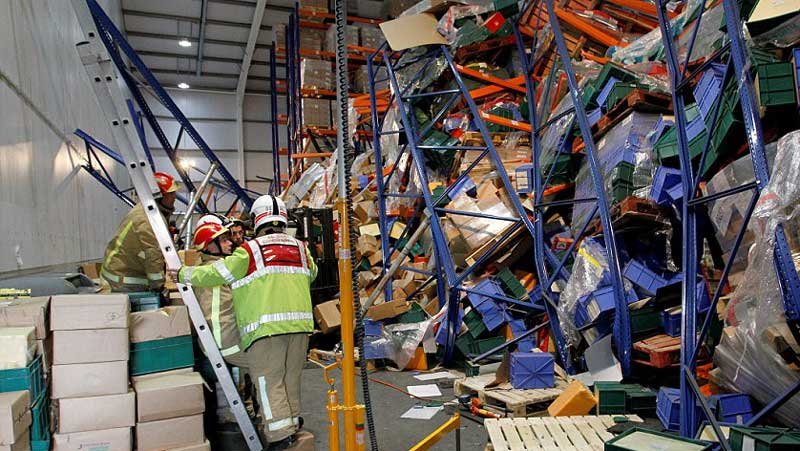
Improper Stacking
Incorrectly stacking items or unevenly distributing weight on racks can cause instability and increase the risk of accidents.
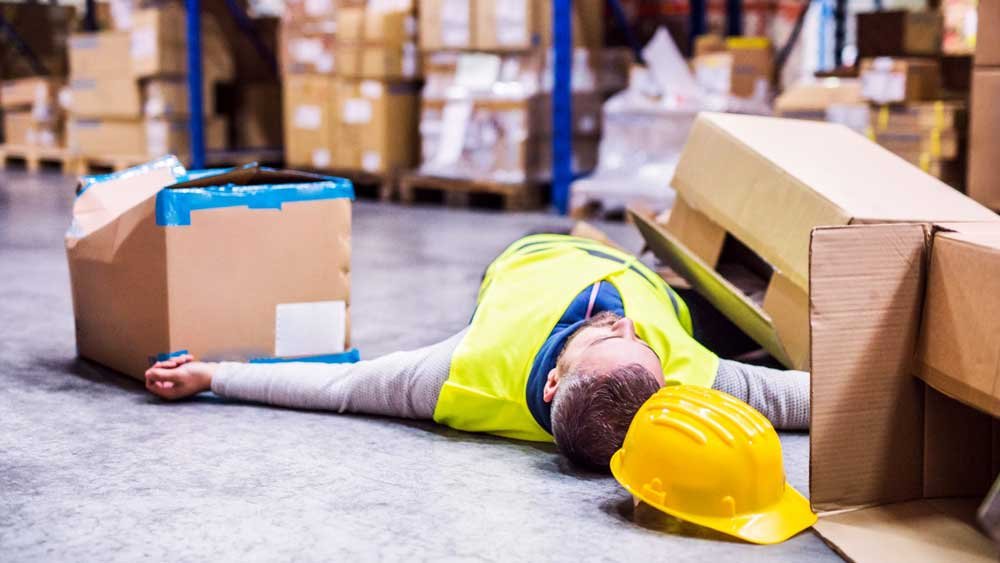
Damage
Damaged rack components, such as uprights, beams, or bracing, can compromise the integrity of the entire system, increasing the risk of collapse.
Poor Installation
Improper installation of pallet racks, including incorrect assembly or inadequate anchoring, can lead to instability and failure.
Forklift Collisions
Forklifts operating in close proximity to pallet racks can accidentally collide with the racks, causing damage and instability.
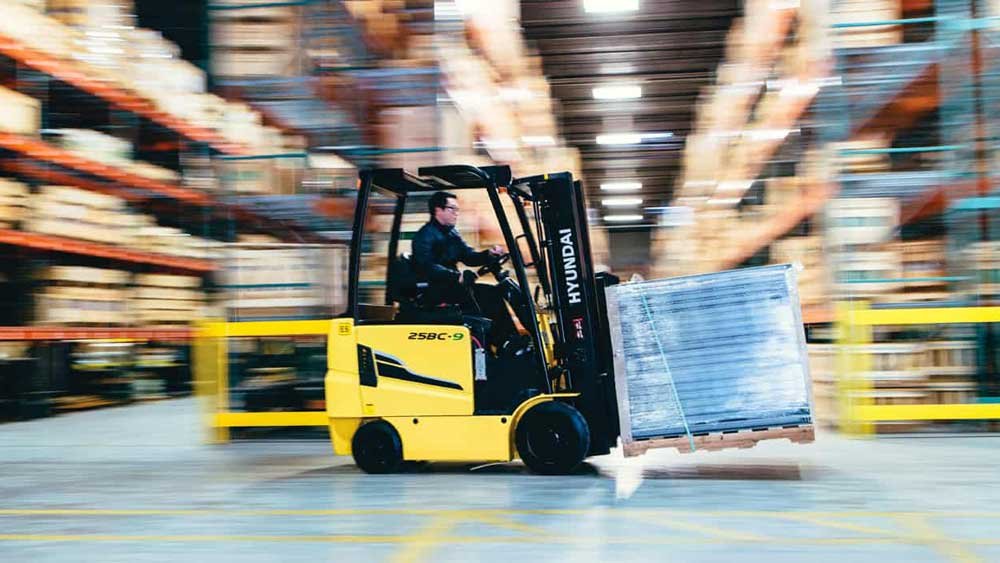
Lack of Personal Protective Equipment (PPE)
Occupational safety is a topic that cannot be avoided in the warehousing industry and is something that most entrepreneurs are concerned about. Among the industries with the highest number of preventable fatal workplace injuries in 2022, warehousing is in the top three. That’s why personal protective equipment is essential for every warehouse worker, and companies need to play a strictly supervisory role.
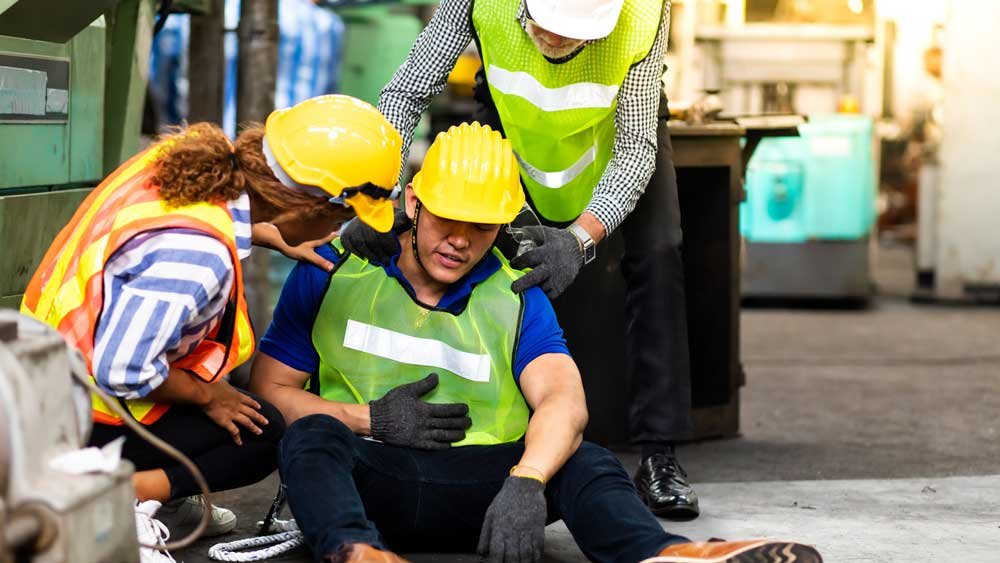
Best Practices for Pallet Rack Safety
To mitigate risks and ensure a safe working environment, follow these best practices for pallet rack safety:
Load Capacity
Adhere to load capacity limits specified by manufacturers to prevent overloading and maintain structural integrity.
Additionally, once the pallet rack system is fully assembled, perform a load test to verify its capacity and stability under typical operating conditions. Gradually apply load to the rack and monitor for any signs of distortion or instability.
Correct Installation
Properly install racks according to manufacturer guidelines and industry standards to ensure stability and safety.
Among the key steps we need to consider are site assessment, design and layout, and anchoring of columns.
Installation is the first and most important step in the safety and security process and should not be neglected.
Employee Training
Warehouse staff are provided with comprehensive training on the proper use of equipment and tools, the importance of wearing personal protective equipment, and cargo handling and storage safety.
There is a need for regular safety training and awareness campaigns to keep employees focused and aware of safety issues.
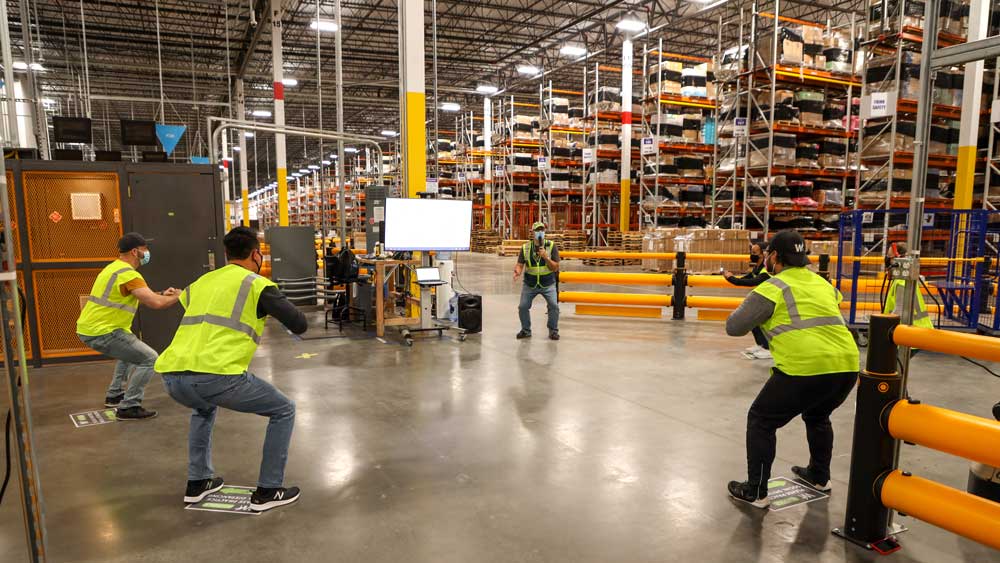
Personal Protective Equipment (PPE)
Mandatory use of qualified PPE for every operator on duty to protect personnel from potential hazards.
The basic PPE should be a safety helmet, cut-resistant gloves, and safety shoes.
Depending on the goods stored, additional protective equipment can be added on a case-by-case basis.
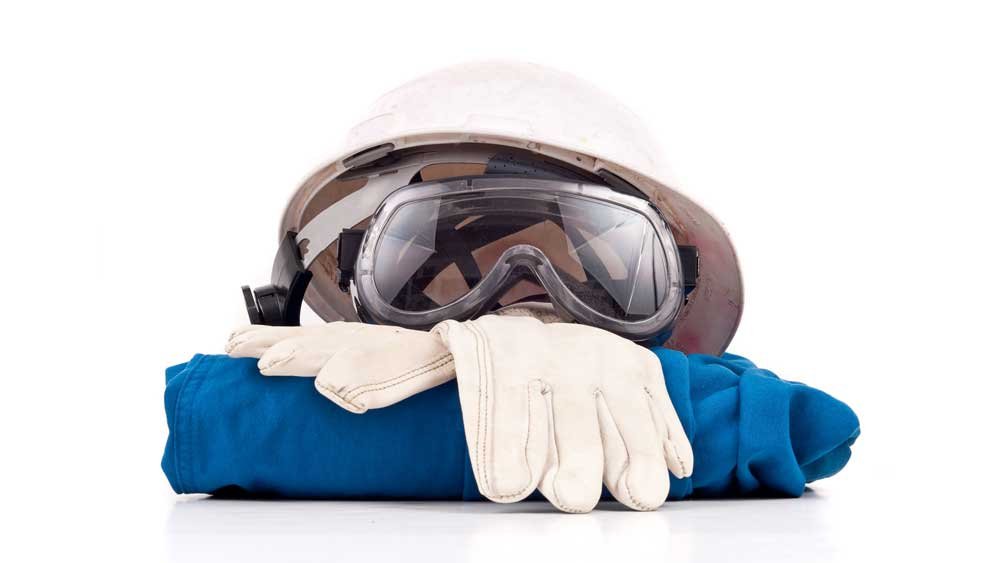
Proper Loading and Stacking
Train employees on the correct methods for loading and stacking goods on racks to maintain stability and prevent accidents.
The correct way to stack the goods should be:
1, check before placing the goods to see if the pallet is intact, the pallet should not show any signs of cracks and breakage.
2, the heaviest goods should be placed at the bottom, so that the overall center of gravity of the rack is at the bottom.
3, Use stretch wrap, banding, or shrink wrap to secure the load to the pallet and prevent shifting during storage or transportation. This helps maintain stability and reduces the risk of accidents.
4, Do not allow items to overhang the edges of the pallet, as this can lead to instability and increase the risk of collapse.
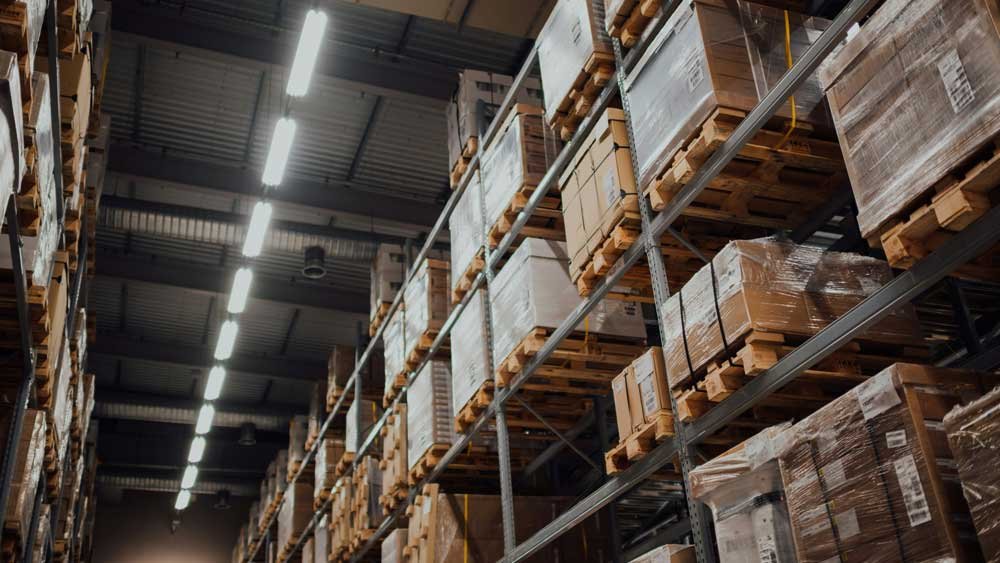
Warehouse Aisle Design
Warehouse aisle design should take full account of the logistics process within the warehouse, equipment operation needs, and safety requirements. Here are some common principles of warehouse aisle design:
Aisle width: The aisle width should be determined according to the equipment, goods, and personnel flow in the warehouse. Ensure that the aisle width is sufficient to accommodate the safe passage of forklifts or other mobile equipment and allow employees to walk in the aisle.
Safe Areas: Allow safe areas on both sides of the aisle for emergency escape, equipment maintenance, and other activities. Make sure these areas are not occupied by stacked goods or equipment.
Aisle Marking: Mark aisles and safety zones with floor markings or other marking methods to help employees and equipment operators clearly identify passing and working areas.
Emergency Escape Routes: Ensure that the layout of aisles does not impede the use of emergency escape routes and that these routes are kept clear and unobstructed to facilitate the safe evacuation of employees in the event of an emergency.

Pallet Safety Devices
Install some basic safety settings to secure the use of pallet racking, for example:
Safety signs: These include signs identifying important locations such as emergency exits, fire extinguisher locations, and escape routes. These signs should be clearly visible to help employees quickly identify safety features in case of emergency.
Protective railings and safety nets: used to ensure the safety of high work areas and prevent employees from falling from heights.
Shelf guards: such as column guards and beam crash beams, are used to protect racks from impacts by forklifts and other mobile equipment.
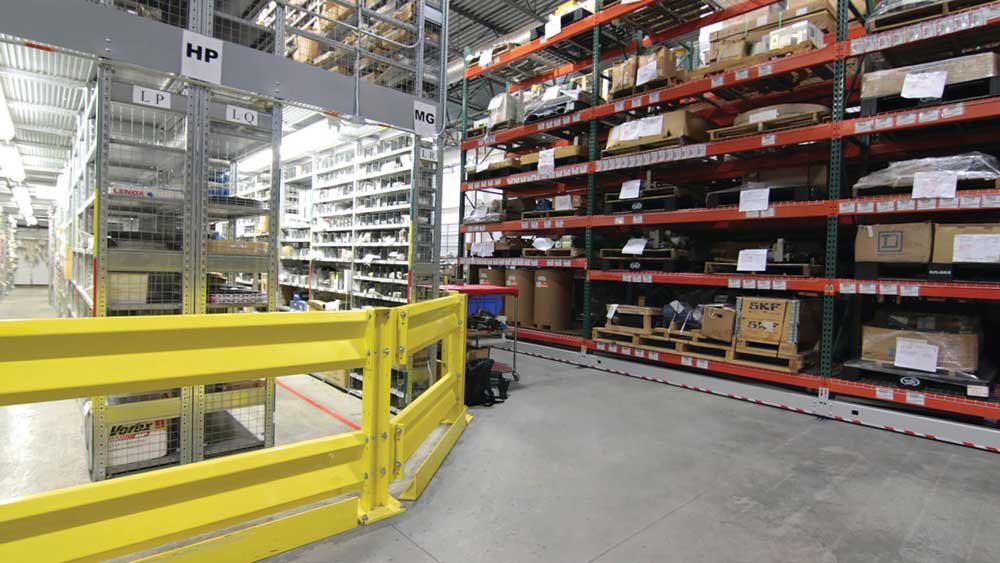
Regularly Check Pallet Rack Safety
When checking the racks, there are so many points to focus on:
U-shaped column and beam connection: Make sure the beam is firmly connected to the column with no signs of looseness or deformation. This is a critical part of the rack structure and its integrity and stability must be ensured.
Bottom of columns: Check that the bolts and nuts on the bottom of the columns are tight and that the connection to the floor is secure. Make sure the columns are properly secured to the floor to prevent them from tilting or moving.
Horizontal and Vertical Alignment: Use a level to check the horizontal and vertical alignment of the columns and beams. Incorrect alignment may result in unstable racks or uneven load bearing.
Beam Load Capacity: Make sure the load capacity of the beams matches the actual load demand. Check that the beams are not visibly bent or deformed and that the connectors are in good condition.
Spacers and support structures: Check that the spacers and support structures are in good condition, with no broken or loose parts. These components are critical to the stability of the racks.
Shelf surfaces and accessories: Check rack surfaces for scratches, wear and tear, or other signs of damage. Ensure that accessories such as safety rails, guards, etc. are intact and properly installed.
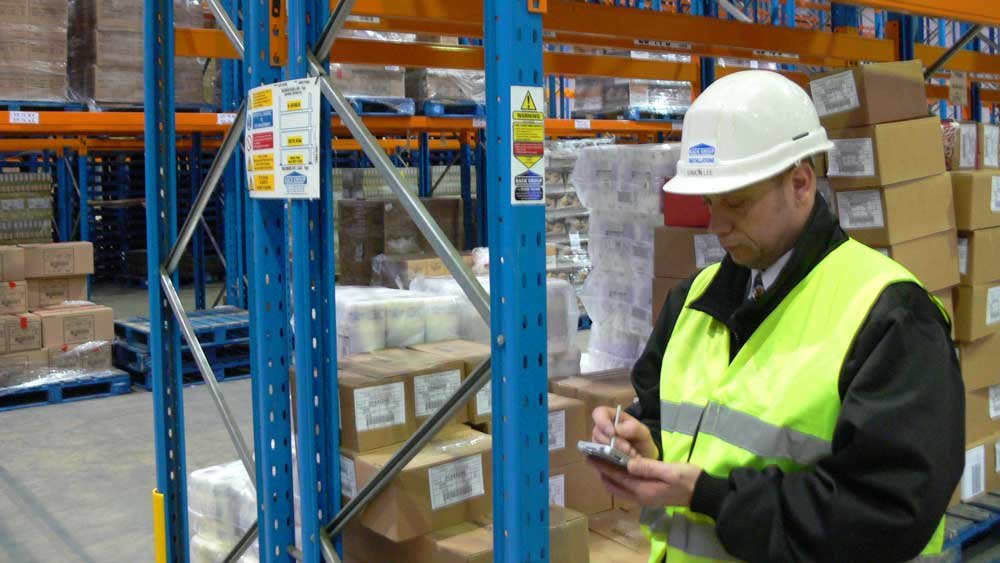
Maintenance Documentation
Accurate record-keeping is critical to meeting safety standards, especially when it comes to pallet rack safety. Detailed records help track rack condition, maintenance, accidents, and attempts. These records identify trends, ensure timely maintenance and repairs, and facilitate the implementation of safety measures.
Compliance and Regulations
Adhering to relevant regulatory requirements, such as those established by the Occupational Safety and Health Administration (OSHA), is essential for maintaining workplace safety and avoiding penalties. Familiarize yourself with these standards and ensure your company’s operations comply with regulatory guidelines.
Conclusion
In conclusion, prioritizing pallet rack safety is not just a responsibility but a necessity for every warehouse operation. By understanding and addressing common hazards such as overloading, improper stacking, and lack of proper equipment, businesses can create a secure environment that protects both their personnel and their inventory.
Implementing best practices outlined in this guide, from adhering to load capacity limits to conducting regular inspections and maintenance, fosters a culture of safety that permeates throughout the organization. Additionally, staying compliant with regulatory standards ensures legal obligations are met while also reinforcing a commitment to workplace safety.
As HEDA, an industrial rack manufacturer from China, we understand the critical importance of pallet rack safety. Our mission is to provide high-quality, reliable racking solutions that prioritize safety without compromising on efficiency or durability. Together, let’s build a future where pallet rack safety is not just a priority but a fundamental aspect of warehouse operations.

